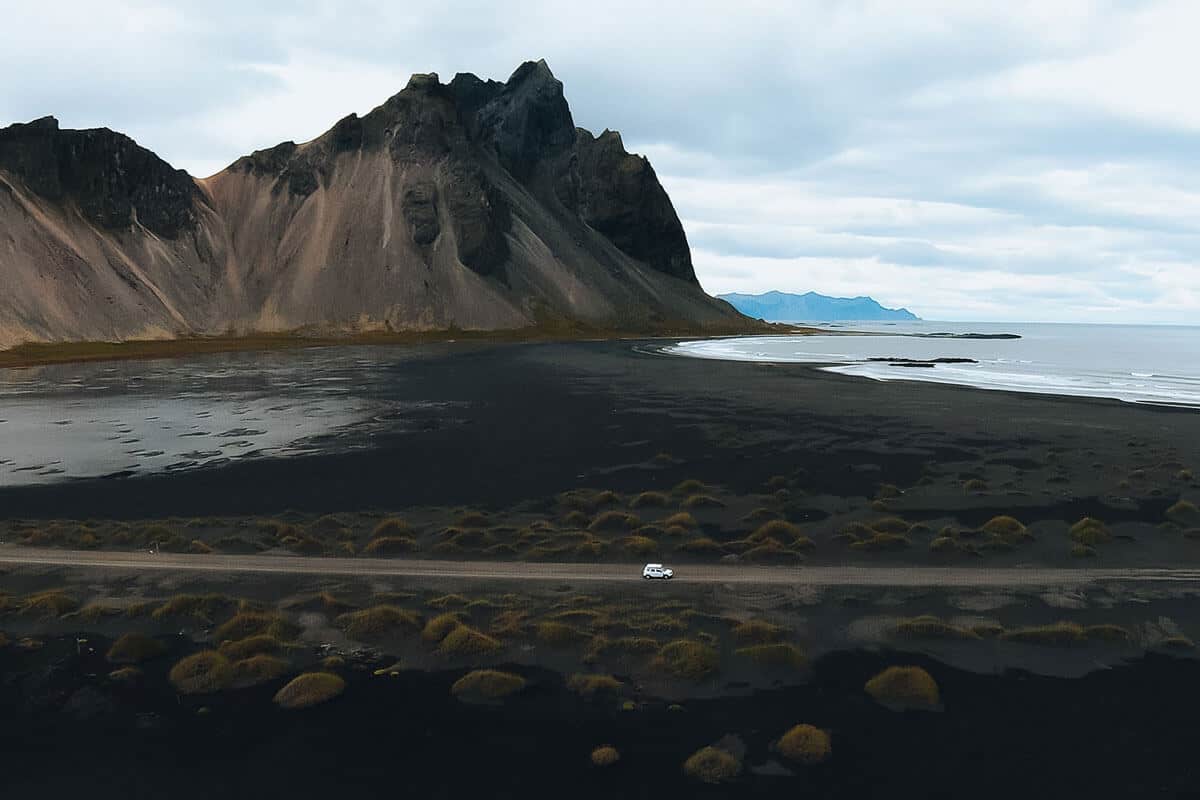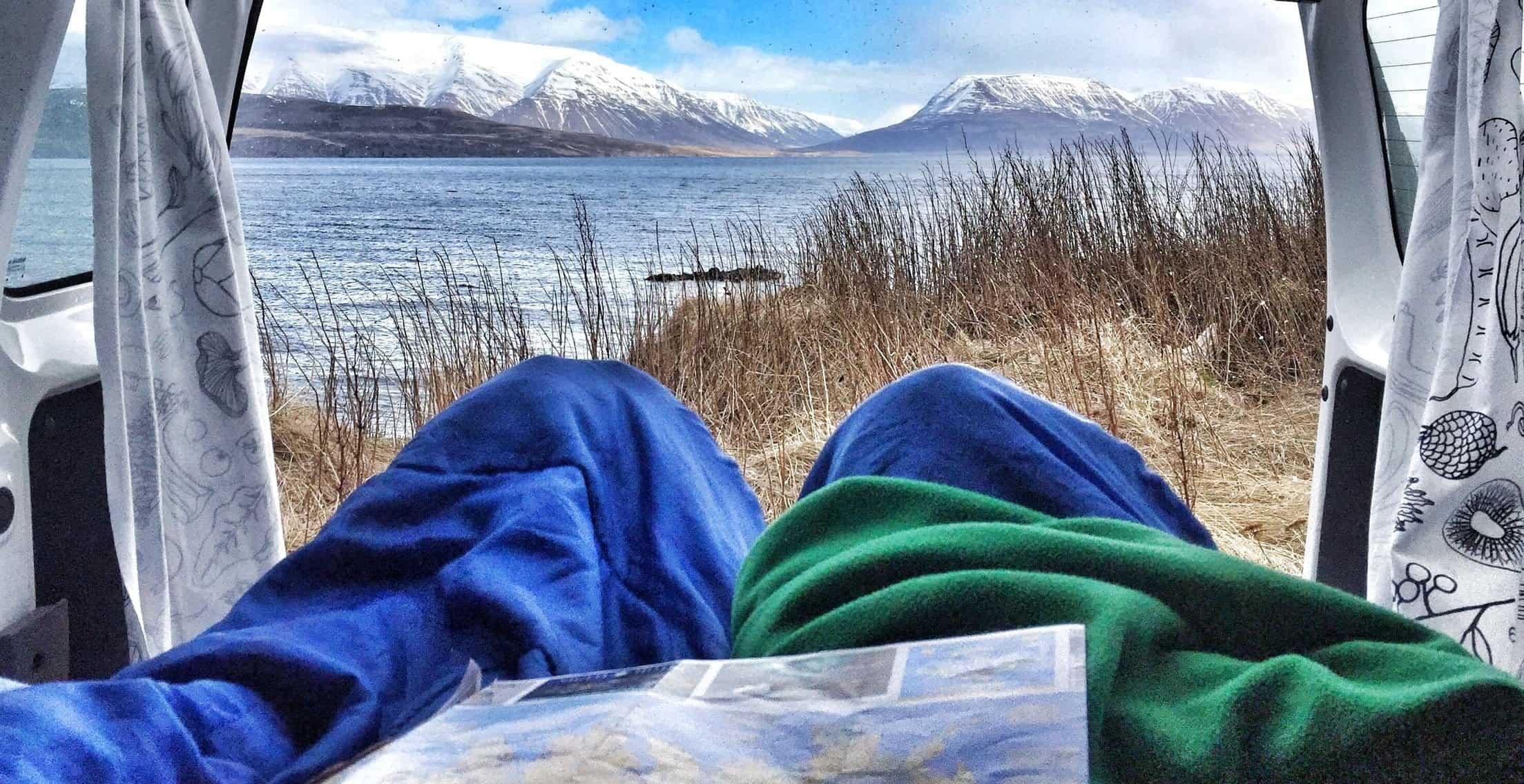Iceland’s volcanoes are awe-inspiring and formidable. For millions of years, these eruptions have shaped the island’s dramatic landscapes, creating breathtaking beautyand attracting thrill-seekers from around the world. But they have also brought devastation.
Understanding their history is key to appreciating Iceland’s unique volcanic system and ensuring the safety of its people. In this blog, we’ll dive into some of the most famous eruptions in Iceland, exploring their history, impact, and the lessons they’ve left behind.
Iceland’s Volcanoes: The Basics
Volcanoes are one of Earth’s most prolific and, ironically, destructive architects. Roughly defined as openings or vents through which magma escapes, volcanoes have created more than 80% of our planet’s surface, including the magnificent land of fire and ice.
In Iceland, Volcano eruptions hold a special place in both the landscape and cultural identity of the nation. With around 130 volcanoes, 32 of which are currently active, Iceland is a hot spot for volcanic activity, mainly due to its location on the Mid-Atlantic Ridge and between rift zones, where the North American and Eurasian tectonic plates meet. On average, a volcano erupts in Iceland, every five years, but in recent years, activity has surged, with new eruptions occurring almost annually
Icelandic eruptions take various forms, from explosive outbursts that produce towering ash plumes to effusive eruptions with flowing lava gushing steadily from fissures and craters. The frequency and scale of eruptions can also vary greatly, from small, localized events to large eruptions that capture global attention and, unfortunately, bring about extraordinary destruction. Some eruptions create vast lava fields, leaving behind dramatic geological formations that define Iceland’s ever-changing terrain.
With so many active and dormant volcanoes, it’s no wonder nature enthusiasts and thrill seekers flock to Iceland to witness its mesmerizing volcanic activity. Experiencing the raw power of an Icelandic volcano eruption in person is a once-in-a-lifetime opportunity. In the past few decades, guided tours, hikes to volcanic craters, and even helicopter flights offering aerial views of eruption sites have become increasingly popular for visitors to experience these geological wonders firsthand.
Iceland Volcanic Eruption and Tourism: Is It Safe?
Volcanic tourism can be a safe and thrilling experience. Still, as a visitor, it’s important to always be aware of potenitial risks and take necessary precautions when visiting sites known for volcanic eruptions in Iceland.
As a volcanic hotspot, Icelandic authorities are dedicated to researching and monitoring volcanic activity throughout the island. Iceland’s volcanic eruptions are highly monitored, with dozens of seismic stations across the territory. That said, as with everything in nature, the unpredictability of volcanoes means that conditions can change rapidly.
Here are some safety tips for exploring Iceland’s volcanic eruptions responsibly.
- Stay Informed: Before embarking on any volcanic tours or excursions or exploring in your campervan rental, stay updated on current volcanic and seismic activity. Monitor official sources such as the Icelandic Meteorological Office for alerts and advisories.
- Choose Reputable Tour Operators: Book tours with experienced guides who prioritize safety and follow strict protocols. Research companies, read reviews, and ask for recommendations to make sure you’re booking with a reputable operator.
- Follow Guide Instructions: During the tour, pay attention to the instructions provided by your guide and follow their safety precautions at all times. They are knowledgeable about the local terrain and can advise you on the safest routes and actions to take in case of emergencies. Never risk your safety for a photo or venture into restricted areas
- Respect Safety Barriers: Keep an eye out for any safety barriers or signs indicating restricted areas near volcanic sites or marking recent eruptions. Iceland has hundreds of these barriers in place for your protection and to prevent accidents. Even dormant-looking volcanoes can pose dangers, from sudden eruptions to toxic gases and unstable terrain.
- Be Prepared for Emergencies: Familiarize yourself with emergency procedures and know how to respond in case of an unexpected event, such as volcanic eruptions, earthquakes, or adverse weather conditions.
- Stay Together: If traveling in a group, stay together and communicate with your travel buddies. Avoid wandering off alone, especially in remote or unfamiliar areas.
7 Famous Volcanic Eruptions in Iceland
- Eldgjá (934-940 AD)
South Iceland’s Eldgja is the largest volcanic canyon in the world. The first eruption in 934 AD was a fissure eruption originating from the Laki fissure system and remains the largest lava flow recorded in history! Its 19.7 cubic kilometers of lava covered a quarter of the island permanently reshaping its landscape. The resulting ash cloud from the eruption disrupted plant growth and contributed to hardships for the Icelanders.
- Katla (934 AD)
A subglacial volcano hidden beneath the Mýrdalsjökull glacier near Iceland’s southern coast, famous Iceland volcano Katla has a powerful history of eruptions. In fact, it is known to be one of the most active Icelandic volcanoes, with records showing that 28 eruptions have occurred over Iceland’s history. This subglacial volcano is notorious for its devastating jökulhlaups—massive glacial floods triggered by eruptions The 934 AD eruption produced one of the largest jökulhlaups ever recorded—and inundated vast areas of southern Iceland. Jökulhlaups from Katla have historically claimed lives and damaged vegetation.
- Laki (1783-1784)
The Laki eruption is easily one of the most devastating Icelandic volcanic eruptions in recorded history. Unlike a single mountain exploding this 220-kilometer eruptive fissure spewed toxic gases—and ash—for eight months, causing famine and deaths across Iceland. The sulfur dioxide cloud formed a ’Laki haze’ and affected the global climate by lowering temperatures. However, the weathered lava also created fertile land in Iceland and the volcanic heat generated by the eruption is harnessed today as geothermal energy.
- Eldfell (1973)
In January 1973, a previously unknown fissure opened up beneath the small Icelandic island of Heimaey, less than a mile from the nearby town of Vestmannaeyjar. The newly formed volcano was named Eldfell, or “Hill of Fire,” and erupted for six consecutive months, burying most of the town in ash and destroying hundreds of homes. The severe magma intrusion forced the evacuation of around 5,000 residents. An enormous effort was made to slow down and control the lava flow by continuously spraying seawater. Despite the destruction, no lives were lost, thanks to the heroic efforts of the residents and the Icelandic coast guard.
- Eyjafjallajökull (2010)
Eyjafjallajökull, a stratovolcano found under the eponymous ice cap in southern Iceland, became globally infamous in March 2010. This eruption sent a massive ash plume into the atmosphere, becoming so widespread that flights were affected across Europe. Over 100,000 flights were canceled, stranding millions of passengers. The event underscored how even minor eruptions can have severe international consequences, with such events disrupting travel and daily life far beyond Iceland’s borders.
Even though it’s incredibly popular, Eyjafjallajökull isn’t even close to being Iceland’s most active volcano. Compared to some eruptions from the past, the one from 2010 was a minor event.
- Fagradalsfjall (March 2021)
In 2021, the Fagradalsfjall eruption made headlines when it became the first significant volcanic activity in the Reykjanes region in over 800 years. The eruption resulted in towering lava flows emerging from Geldingadalur Valley, which captured the attention of people worldwide and led to thousands of visitors flocking to the area to witness the spectacle firsthand. In August 2022, the Fagradalsfjall volcano erupted again, this time in Meradalir Valley, continuing the volcanic activity that began the previous year. Seismic measurements and GPS monitoring closely track Fagradalsfjall, as models suggest that more eruptions tend to follow in cycles.
- Sundhnjúkagígar (2023-2024)
The recent eruptions in Iceland’s Reykjanes Peninsula began in December 2023, following weeks of intense earthquakes. Sundhnjúkagígar crater erupted again followed by additional eruptions from fissures measuring more than three kilometers in length. This prompted the temporary closure of the famous Blue Lagoon hot springs as a precautionary measure. The last eruption, which occurred in November 2024, has raised concerns over magma accumulating beneath Svartsengi and the next eruption in this geologically active area.
When was the Last Iceland Volcano Eruption?
Iceland’s latest volcano eruption occurred on November 20, 2024, in the Sundhnúkur crater row on the Reykjanes Peninsula. This event marked the seventh eruption in the region since December 2023, highlighting the area’s ongoing volcanic activity. The eruption produced significant lava flows, comparable in intensity to previous eruptions, and prompted the evacuation of nearby areas, including Grindavík and the Blue Lagoon. Authorities closed roads near the eruption site and advised tourists to avoid the area due to potential noxious gases threatening public health. The eruption has caused visible changes to the landscape, with new magma intrusions forming a fantastical terrain.
Grindavík has experienced six volcanic eruptions over the past year, leading to substantial evacuation efforts and property damage. Despite the ongoing risks, the town reopened to tourists, though visitors were cautioned about unstable ground, gas pollution, and hot steam rising from the fissures. The disruption has also affected local businesses, with some temporarily closing due to safety concerns.
The continuous volcanic activity in the Reykjanes Peninsula has altered the landscape and brought heightened awareness to the region’s seismic nature. Scientists are closely tracking magma accumulation beneath Svartsengi and other fissures, as new intrusions are likely to trigger further eruptions in the coming months. Residents and visitors in nearby areas are urged to remain vigilant, as Icelandic volcanoes tend to follow cyclical eruption patterns. While the eruptions bring challenges, they also provide valuable insights into the island’s dynamic geological processes, with ongoing monitoring helping authorities to manage potential risks more effectively.
Local authorities continue to closely monitor developments in seismic activity, and visitors are urged to stay informed and follow safety guidelines. For the latest information on all Iceland volcano eruptions, monitor updates from the Icelandic Meteorological Office and the Icelandic Civil Protection Department.
Explore Iceland with Rent.is
Ready to explore the volcanic wonders and stunning landscapes of Iceland? There’s no better way to take it all in than by booking a campervan. With the flexibility to travel at your own pace and immerse yourself in Iceland’s natural beauty, a campervan road trip offers the ultimate adventure.
From experiencing dramatic volcanic eruptions to relaxing in geothermal hot springs, you’ll have everything you need right at your fingertips. Plus, with the freedom to visit remote areas and hidden gems, you’ll truly discover Iceland off the beaten path. Don’t miss out on the adventure of a lifetime—book your camper rental in Iceland today and start your unforgettable journey!











